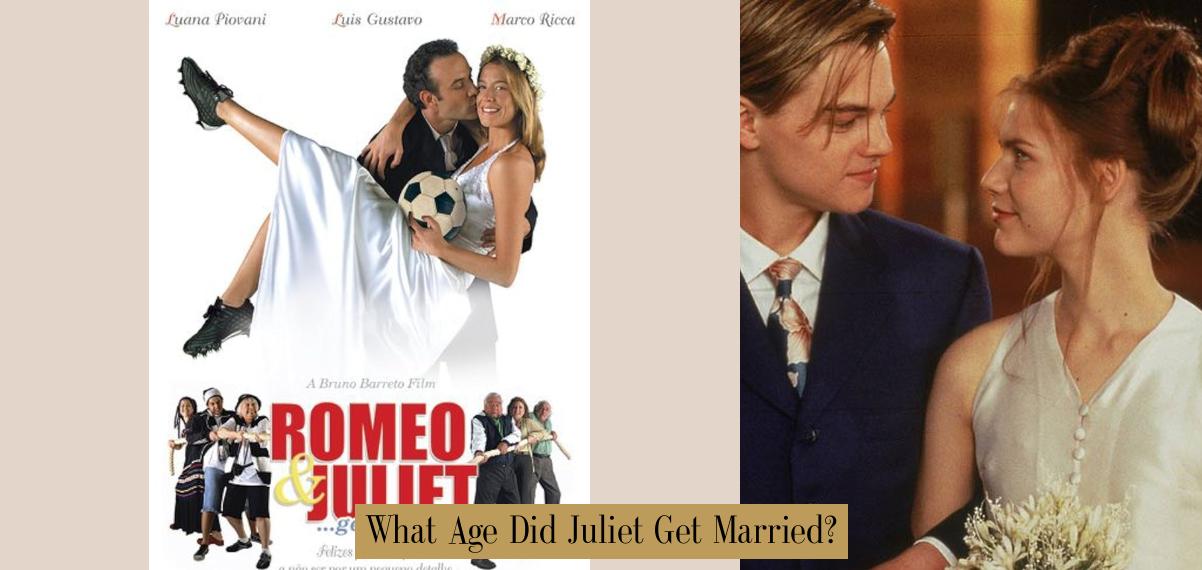What Age Did Juliet Get Married? (Spoiler Alert: It’s Not Pretty)
Okay, so you’re wondering about Juliet’s age when she tied the knot with Romeo, huh? Let’s dive into this Shakespearean drama, but brace yourself – this isn’t a love story for the faint of heart.
The Short Answer: In Shakespeare’s Romeo and Juliet, Juliet is a mere 13 years old, just a few weeks shy of her 14th birthday.
Now, before you gasp and declare this is the most scandalous thing you’ve ever heard, let’s rewind and take a journey back to Elizabethan England.
Why Thirteen? The Age of Consent (and Confusion)
In Elizabethan England, the legal age of consent for marriage was a mere 12 years old for girls! (Imagine the dating apps back then… “Looking for a mature 12-year-old to settle down with.”) While the law existed, it was customary for girls to marry later, around 18, giving them a chance to experience life beyond the constraints of a wedding ring.
Shakespeare’s Twist:
Now, Shakespeare, being the master of drama and social commentary, decided to paint Juliet as a 13-year-old. Why? Probably because the idea of a young girl forced into a marriage she didn’t want, just for the sake of family prestige and wealth, held a lot of weight in Elizabethan society.
The Age of Consent vs. The Age of Consent (and Consent)
Imagine being 13, feeling the pressure from your family to marry a man you barely know. You’re just starting to blossom into womanhood, exploring your dreams and discovering who you are, and suddenly, you’re expected to become a wife and, potentially, a mother.
Shakespeare’s genius shines through in this portrayal – he’s not just telling a love story; he’s using Juliet’s age to highlight the dangers of forced marriage and the lack of autonomy young women experienced in that era.
Romeo’s Age: A Mystery Wrapped in a Riddle
Speaking of Romeo, his age isn’t explicitly stated in the play. However, he’s considered a young man, but not a boy. Some scholars believe he’s likely between 15 and 17.
The Age Gap: A Modern-Day Nightmare
Now, if you’re cringing at the thought of a 13-year-old marrying someone even a few years older, you’re not alone. This age gap would be considered scandalous in any modern society. But remember, Shakespeare’s world was different.
Marriage: A Game of Power and Prestige
In Elizabethan times, marriage wasn’t just about love; it was a strategic alliance between families. It was about securing wealth, social standing, and political influence. Juliet’s marriage to Romeo wasn’t a romantic love story; it was a clash between two feuding families, with Juliet becoming a pawn in a power struggle.
Shakespeare’s Legacy: A Timeless Commentary on Love, Loss, and the Price of Freedom
So, what can we learn from Juliet’s story? It’s a reminder that love and marriage aren’t always intertwined. Sometimes, they’re forced upon us, dictated by societal pressures and family expectations.
Shakespeare’s Romeo and Juliet is a timeless tragedy that speaks to the complexities of love, loss, and the price of freedom. It’s a story that still resonates today, reminding us that while the world has changed, some things, like the struggle for individual choice, remain painfully relevant.
A Final Thought: If you ever find yourself in a situation where you’re pressured to marry someone you don’t love, remember Juliet’s story. You have the right to choose your own path, even if it means defying tradition.
Now, if you’ll excuse me, I’m off to find a time machine to prevent this entire tragic love story from happening… (Just kidding! …Maybe.)
